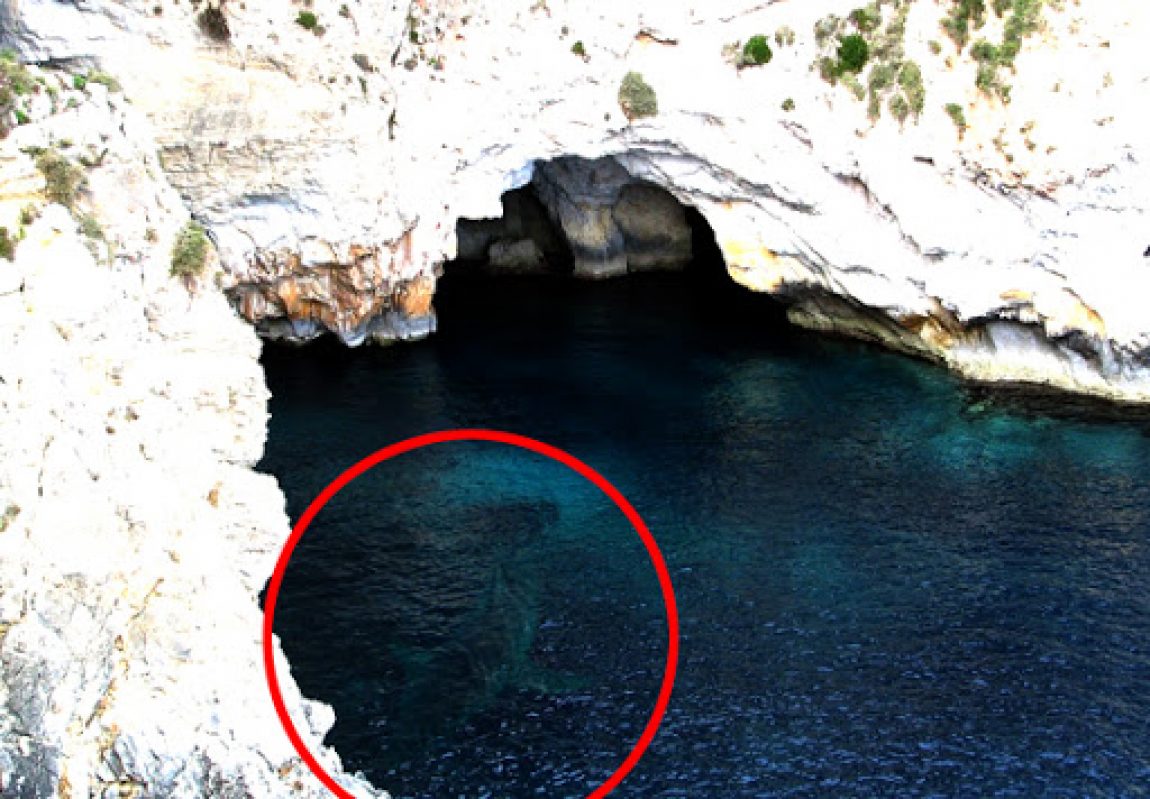Malta: A Tale of Two Sieges
Almost four centuries apart but with much in common, the two events which perhaps most impacted Maltese history were two sieges waged upon the Island of Malta with such ferocity that they are remembered today with awe and will continue to be so for centuries to come. Both Sieges saw the defenders decidedly outmatched, both had inexpiable occurrences (that the population to this day believe to have been miracles) and both sieges testify to the tenacity and endurance of an island population that aided in bringing down two empires.
The first siege was fought with sword against scimitar and the second had the defenders place great importance on Faith, Hope and Charity. The two sieges will be chronicled in four articles starting with the Great Siege of 1565.
The Great Siege of Malta 1565
In 1565, on the 18th of May, the greatest armada ever assembled on the high seas was sighted from Malta moving towards the south of the island. Well over 200 war ships and transport vessels were included within the armada and as many as 40,000 sailors and soldiers on board them including the feared Janissaries Sipahis and 4,000 of the formidable but fanatic Iayalars, religious zealots, who sought only to die in battle. They would face off against a defending force that on paper was far inferior with fewer than 700 Knights of the Order of St John, some 2,000 Spanish mercenaries and some 6,000 peasant Maltese who, while determined in the struggle, were untrained in siege warfare. The courts of all of Christendom focused their attention on tiny little Malta, holding a collective breath in the hope that the Ottoman Empire’s surge which threatened Europe would at last be checked. If Malta and the Knights of St John succumbed, then likely Italy would follow and then what would be in the way of an all-out invasion of Europe?
Malta became Europe’s Bulwark and the ensuing siege was epic in every way and worthy of any Hollywood blockbuster, with intriguing characters and non-stop action and brutality. But mixed within this fray was astounding courage and unfailing loyalty, many seemingly unrelated incidents that against all odds led to an outcome that can only be described as miraculous.
The action of this epic centred around what is now known as Grand Harbour. The main defences of the island were the three forts of St Angelo at the head of the Birgu peninsula, St Michael in Senglea and Fort St Elmo at the end of the Mount Scibberas peninsula but it was the small fort of St Elmo which held the pivotal role in the outcome of the siege as it held out beyond all hope for more than a month. In the siege, no figure stands out more illustriously than Jean Parisot de la Valette, the Grand Master; a man who, according to historian Ernle Bradford, “was resolute in nature, chivalrous and ardent in his religious practices and totally devoted to the Order and its founding principles.”
The Knights of St John were headquartered in the formidable Fort St Angelo, but the initial assault fell on small Fort St Elmo. The Ottoman military leadership made crucial errors in the execution of the campaign which ultimately brought about their demise, key among these was the besieging of Fort St Elmo. Had they focused their attention on the noble fortified village of Mdina, at the centre of the island, the Ottoman troops would have had relief from the summer heat. The capture of Mdina, which was lightly defended, would have allowed for a prolonged campaign and would even have allowed for the forces to have wintered in Malta if necessary and prevent the Knights from communicating with Sicily.
Sultan Suleiman’s choice to appoint two commanders over his forces was the catalyst for conflict that arose between the two ambitious principal Ottoman leaders, Mustapha Pasha, the general of the army, and Admiral Piali Pasha, the commander of the Sultan’s navy and the Sultan’s son-in-law. This resulted in Mdina being put aside as the initial point of attack.
Piali wished to protect his precious fleet from harm by berthing it in a protected harbour. Grand Harbour would have left the fleet vulnerable to the guns of Fort St Angelo and Fort St Elmo, it was clearly unsuitable. Piali decided that Marsamuscetto Harbour, on the far side of Mount Scibberas, would shelter the fleet for the course of the campaign and this meant Fort St Elmo needed to be taken first.
Cannons were placed high on the ridge, looking down towards Fort St Elmo. From May 24th 1565 a daily bombardment of the tiny fort began. The knights and soldiers defending the fort numbered only eight hundred and the invading force was convinced that the fort would fall within a few days. Despite the unleashing of continued bombardment from their most powerful guns, the Turks took more than a month to capture St Elmo.
The Chevalier Luigi Broglia sent a message to Grand Master La Valette stating that the fort could only be held if it received daily reinforcements and supplies as he was concerned about his already heavy casualties but he was convinced that the fort would prove difficult to take and wanted to point out that as long as he had men to serve the guns, the fort could be held. Unfortunately, he chose as his emissary a man who was unused to siege warfare and who was unnerved by the terrifying bombardment.
The Spanish captain Juan De la Cerda was sent and when asked the condition of the fort he blurted out a litany of bleakness to the Grand Master in front of the council. When the Grand Master disdainfully asked how long the Chevalier thought the fort could be held he said eight days at most. The Grand Master, who was a born leader and who proved time and again during the siege that he was a master of a master of men’s moods, volunteered to lead a detachment of soldiers himself and defend the fort to the end. At this De la Cerda became the object of scorn to many of the knights present who all hastily volunteered to lead a band of soldiers themselves. Later, the Grand Master addressed the council and stated that he knew that the fort was indeed doomed but that the very survival of Malta and that of the Mediterranean hinged upon the length of time that the fort held out.
What followed over the next month is a testament to the bravery of the Maltese and the Knights. Wave upon wave of Turk attacks wasted upon the tiny fort. The Ottoman leadership’s disregard for human life was almost incredible; the historian Ernle Bradford stated “to achieve their end in battle they sacrificed thousands upon thousands with callous indifference….and in no chapter of their blood-stained history is this more in evidence than during the siege of Malta.”
Often the Iayalars, a fanatical corp, usually high on hashish and with no regard for their own lives, would rush forward to battle, induced by a deliberate frenzy and oblivious to all but the lust to kill. On one occasion on the 16th June, Iayalars burst maddened towards the fort but with a combination of wildfire, burning hoops and defender fire, the Iayalars faltered and retired over the masses of their dead. Next came the poorly trained Dervishes and only after countless of their lives had been expended did Mustapha Pasha call upon the ‘Invincible Ones, the Janissaries.
“Janissaries Forward” was the cry that the defenders of Fort St Elmo most feared. The Janissaries were one of the most amazing military corps in history, not only because of their near fanatical ruthlessness but because they were not Turkish by birth but the sons of Christian parents who lived within the confines of the Ottoman Empire. Every five years a conscription was made within the empire and boys of seven or eight who showed promise in physique and exceptional intellectual gifts were taken into training and made fanatical Moslems by conversion.
A rampart was erected that soon rose to the height of the outer ravelin, exposing almost the entire fort to Ottoman fire. The Christian defenders could hardly move within the fort without being picked off by snipers. Wave upon wave of cannon bombardment continued each day. Francisco Balbi di Correggio who was an eyewitness to the siege described St Elmo like a volcano in eruption, sprouting fire and smoke. Pepe Di Ruvo, a Neapolitan knight who died in Fort St Elmo, left a note stating that he had counted the number of rounds being fired at Fort St Elmo and estimated that on an average day 6,000 to 7,000 shots were discharged against the fort.
Each day La Valette sent reinforcements to the fort from Birgu and Fort St Angelo, with each soldier knowing that he was going to certain death. Incredible to modern thought, each day too, volunteers willingly gave themselves to the relief force willing to sacrifice themselves for the defence of the islands and for the faith.
When the end finally came for Fort St Elmo, the defenders had completely spent their ammunition and they fought hand to hand until everyone, except for two Maltese swimmers who swam to St Angelo, were killed or captured. After the fort finally fell into his hands, Mustapha Pasha looked out across the harbour to the bulk of St Angelo and cried ‘Allah! If so small a son cost us so dear, what price shall we have to pay for so large a father?’
It is estimated that the Ottomans lost around 8,000 men in taking Fort St Elmo, losing around 2,000 in a single day, but even these numbers did not cost the Ottomans as much as the month lost in taking it. For the morale of the Turks was waning and the summer months were quickly passing.
In our next blog there will be a chronicle of the defence of Fort St Michael and Fort St Angelo and the culmination of the 1565 Siege.


